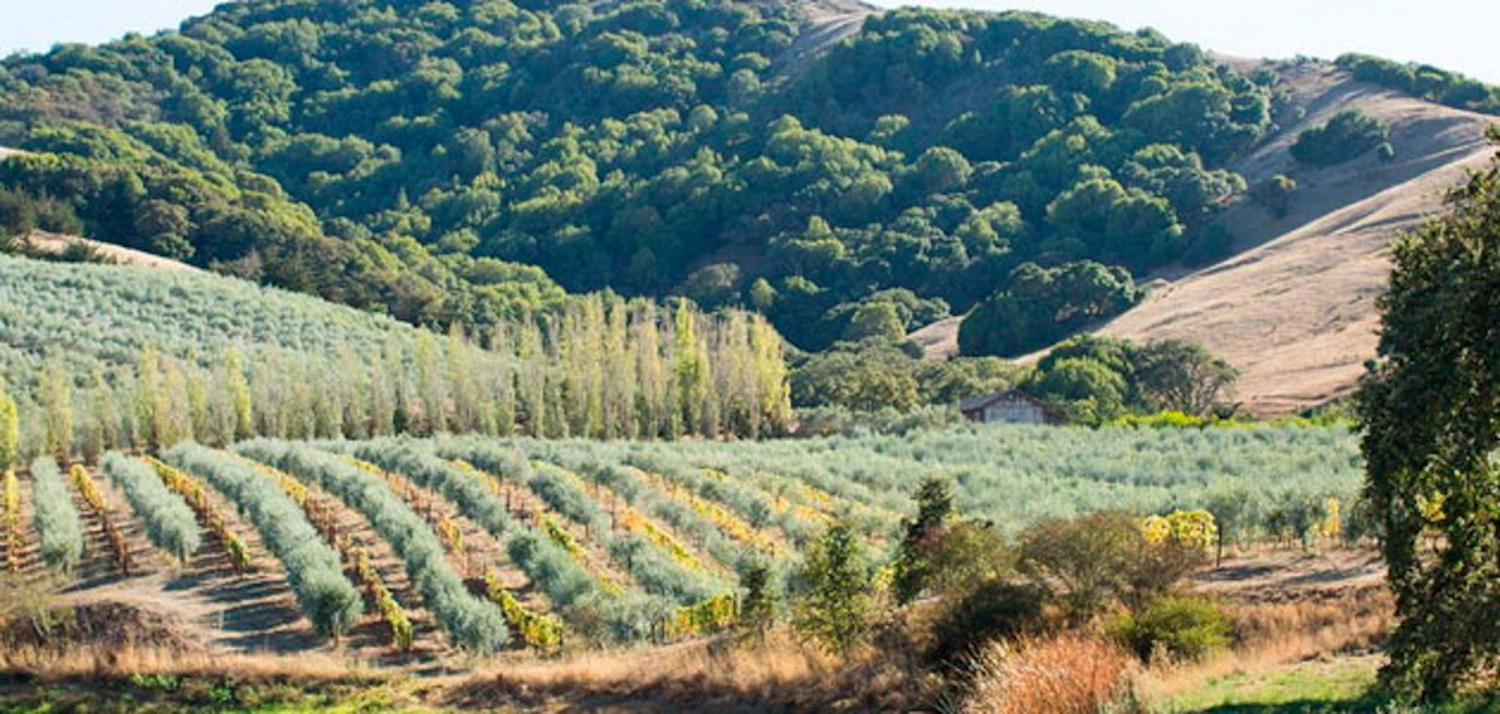California decreases in olive oil production

Indice
Alarm! California decreases its olive oil production
The Board of Directors of the California Olive Oil Commission (OOCC) foresees a “”significant”” decrease in olive oil production in the 2022/23 campaign, to 1.8 million gallons (6.81 million liters) compared to 3 million gallons (11.3 million liters) the previous season produced by the members of this entity, which represents approximately 90% of California olive oil production.
The OOCC Board of Directors met in Sacramento on June 6, where it made an estimate of the next harvest, approved the entity’s budget for the fiscal year (sampling program, research, outreach, and administration and operations) and committed to address the problem of increased profitability for olive oil producers.
According to this entity, the harvest will be “”significantly”” reduced this year due to both weather events and the olive tree alternate bearing, although the OOCC Board of Directors confirmed that the situation has been difficult for olive oil producers in the recent years, as many of them have faced reduced production and higher costs. Like most farmers in California, olive oil producers are also being affected by changing weather, lack of available water, inflation and supply chain issues.
Since its creation in 2014, the OOCC stressed that it has created value for California producers, enhancing the reputation of Californian olive oil by establishing requirements that ensure that this State produces high quality olive oil. Thus, their sampling program verifies that California olive oil meets these high standards and that the bottles are properly labeled. In addition, he recalled that last year new legislation was approved to regulate the use of the word “”California”” on olive oil labels.
Along with these achievements, the OOCC Board agreed that it is time to focus on designing activities to increase grower profitability, such as funding additional research to help increase crop yields, improve quality and reduce costs.
The entity’s Executive Committee announced that it will meet in the coming months to carry out a general review of all the activities, policies and procedures of the OOCC and consider restructuring options that can generate additional value for farmers.
A Confluence of Challenges: Weather, Costs, and Climate Change
The anticipated decline in production is attributed to a confluence of factors, primarily adverse weather events and the natural phenomenon of alternate bearing in olive trees. Alternate bearing is a horticultural characteristic where olive trees produce a heavy crop one year and a lighter crop the next, a natural cycle that contributes to yield fluctuations. However, the OOCC Board of Directors acknowledged that the challenges extend beyond these natural cycles.
Olive oil producers in California have been grappling with a difficult economic environment for several years, facing both reduced production and escalating costs. This mirrors the broader struggles of the agricultural sector across the state. Like many other farmers, olive oil producers are directly impacted by the increasingly unpredictable patterns of changing weather, a persistent lack of available water (a perennial concern in California), pervasive inflationary pressures, and ongoing supply chain disruptions. These intertwined issues create a complex and demanding operational landscape for the industry.
Upholding Quality and Seeking Future Profitability
Since its establishment in 2014, the OOCC has played a pivotal role in enhancing the reputation of Californian olive oil. The commission has achieved this by setting stringent requirements that ensure the state consistently produces high-quality olive oil. Their sampling program is a cornerstone of these efforts, meticulously verifying that California olive oil adheres to these elevated standards and that bottles are accurately labeled. Furthermore, the OOCC highlighted that new legislation was approved last year specifically to regulate the use of the word “California” on olive oil labels, further safeguarding the integrity and prestige of the state’s product.
Despite these significant achievements in quality assurance, the OOCC Board recognized that the immediate focus must shift towards designing activities that directly increase grower profitability. This commitment includes funding additional research aimed at improving crop yields, enhancing olive oil quality, and reducing production costs for farmers. These strategic investments are crucial for ensuring the long-term viability and sustainability of the California olive oil industry.
Looking ahead, the entity’s Executive Committee is slated to convene in the coming months to undertake a comprehensive review of all OOCC activities, policies, and procedures. This review will include a crucial discussion of restructuring options that could generate additional value for farmers. The OOCC’s proactive approach underscores its dedication to not only maintaining California’s reputation for high-quality olive oil but also to supporting the economic resilience of its producers in the face of escalating challenges.
Important Note: oliveoilextra.com promotes the consumption of extra virgin olive oil for its culinary qualities and health benefits. However, it should not replace any current medication or treatment without the guidance of a healthcare professional.
